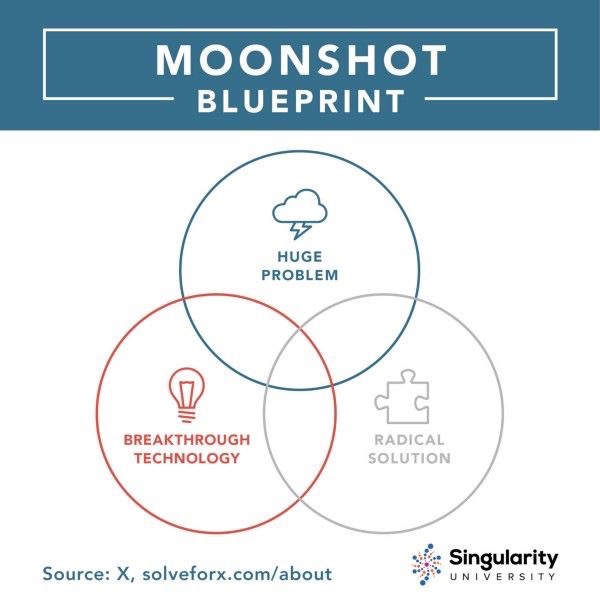The Trump Administration just imposed 30 percent tariffs on imported solar cells and modules. How much will it stunt solar growth in America? Will it spark a broader trade war? There’s a lot of questions about the impact, in this podcast The Energy Gang Covers:
- What does a 30 percent tariff mean for project economics in the residential and utility-scale sectors?
- How will the 2.5-gigawatt cell quota work?
- Will the decision help domestic U.S. manufacturing? Will it hurt domestic installation jobs?
- What kind of challenges will we see at the World Trade Organization?
- Is there a pathway toward negotiation with China?
- How could local policy blunt the negative impact of these tariffs?
Summary: The US International Trade Commission ruled this fall that domestic solar manufacturers had faced serious injury from imported solar cells and modules. After review of that case the Trump administration largely followed the tariff recommendations of commissioners, on Monday January 22nd the Office of the US Trade Representative issued 30% Tariffs on cells and modules coming from outside the US. Those tariffs step down 5% each year over the next 4 years, the tariff took effect on February 7th. Here is Corey Honeyman’s (Associate Director of GTM Research’s Solar Practice) take:
- Not the Worst Case: The 30% tariff equates to about 10 cents/watt tariff stepping down to about 4 cents a watt in year 4. This is not a worst case scenario however, GTM forecasts ~10% reduction in demand which they predict may slow solar job growth by 20K positions.
- Utility Scale Solar is Sensitive: utility scale solar will be the most sensitive segment to the introduction of tariffs. GTM’s expectation is that 7.6 GWs of lost demand from their base case forecast over the next 5 years. ~65% of that lost demand is expected to come from the Utility Scale solar segment because with every additional 10 cents/watt increase to system pricing equates to an additional 0.25 to 0.35 cents/kWh to competitive PPA pricing for Utility scale solar.
- Emerging Markets Pushed Back: this additional pricing hurts competitiveness within new build natural gas and displacement of coal fleets retiring early. 10 cents/watt is enough of a difference to emerging markets for example the south east; Florida, Georgia and South Carolina. Residential solar is expected to be more resilient, except for again, those emerging markets where parity is close, these tariff levels will ultimately push back the economic attractiveness for solar in these areas.
- 2.5 GW Cell Quota: 2.5 GWs of cells won’t be subject to the tariffs. In any given year the US will be able to import up to 2.5 GWs of cells without paying any tariffs. This will benefit existing US based module assembly manufacturers such as Tesla/Panasonic in Buffalo and Solarworld who won’t pay the tariffs if they can import under that limit.
There have been price increases over the past 6 months in advance of the announcement of tariffs, this has pushed module pricing over 40 cents/watt, here are two factors that can mute the downturn effects in 2018:
- Advance Procurement: developer and suppliers have been scooping up a lot of product in advance of these tariffs. This has created some buffer through the 1st half of 2018 since somewhere around 2 GWs of tariff free panels have been procured by these activities especially related to Utility Scale solar.
- Domestic Manufacturers: are a source for tariff free solar modules. For example, 1st Solar with it’s thin film supply, and other domestic manufacturers like Suniva and SolarWord (residential segment) won’t pay these penalties.
Read the briefing and listen to The Energy Gang podcast here:
Joel Rhodes from Forbes Magazine has some good ideas on how to minimize the impact of this tariff in his article:
Trump’s Solar Tariffs Go Into Effect Today. So What?
https://www.forbes.com/sites/joshuarhodes/2018/02/07/trump-solar-panel-tariff/#5cb116de376d


